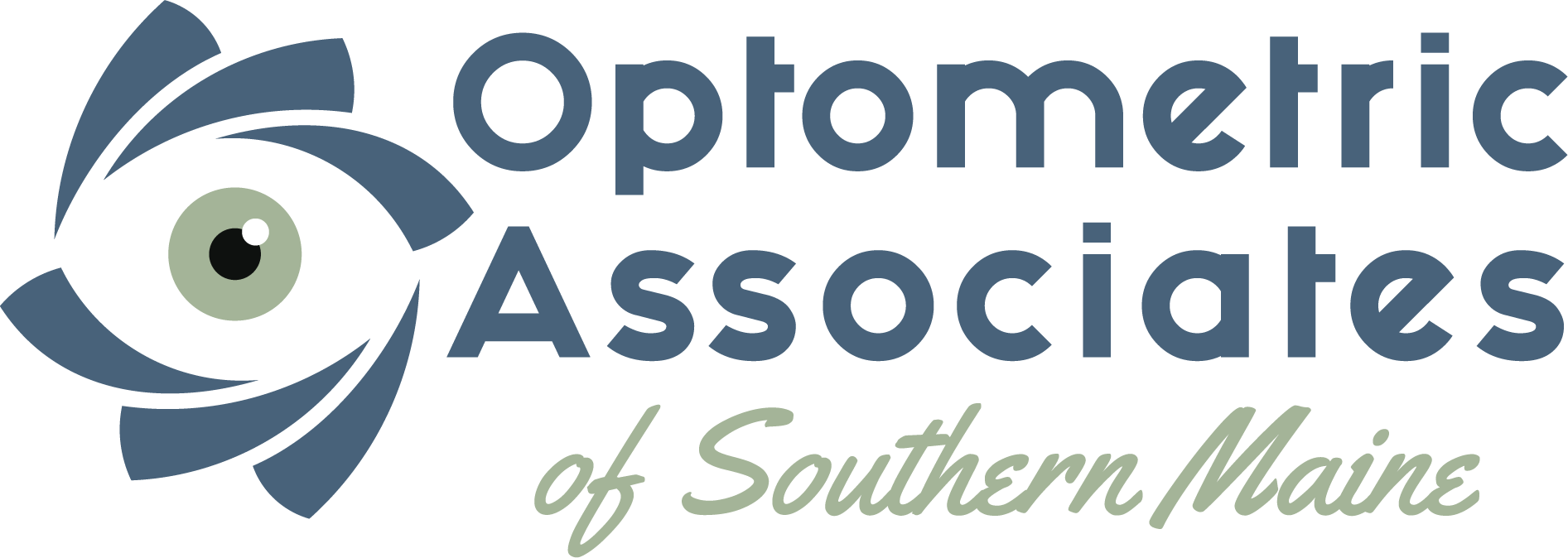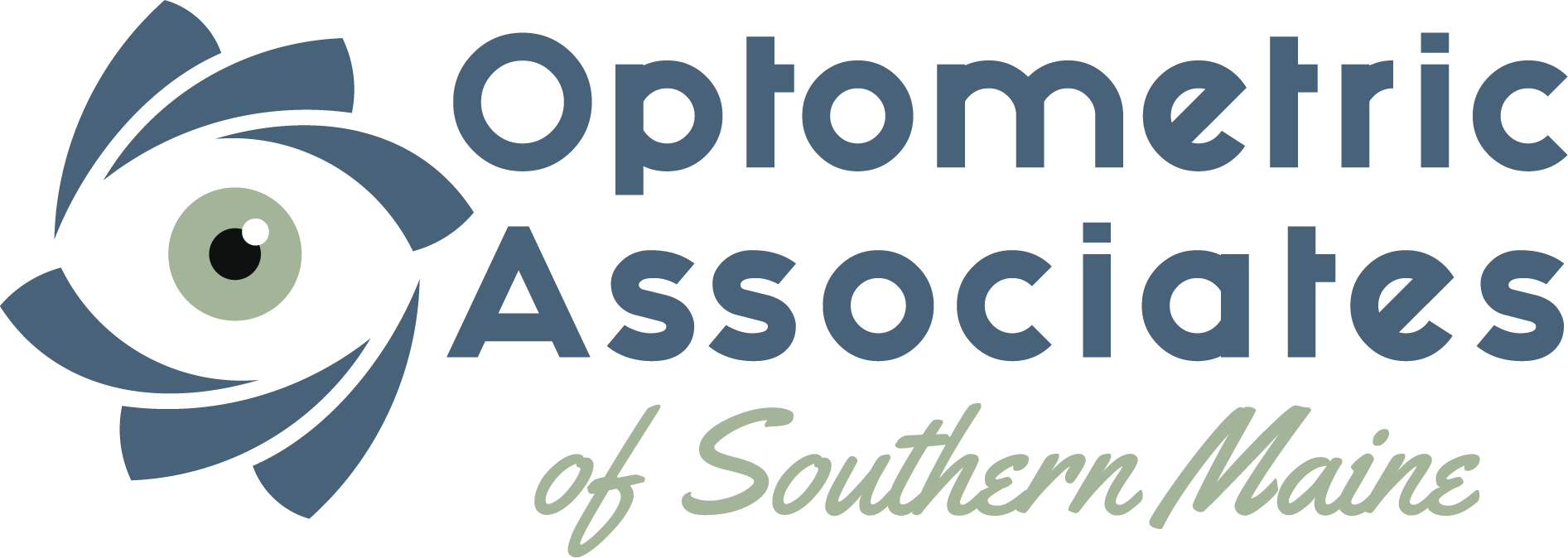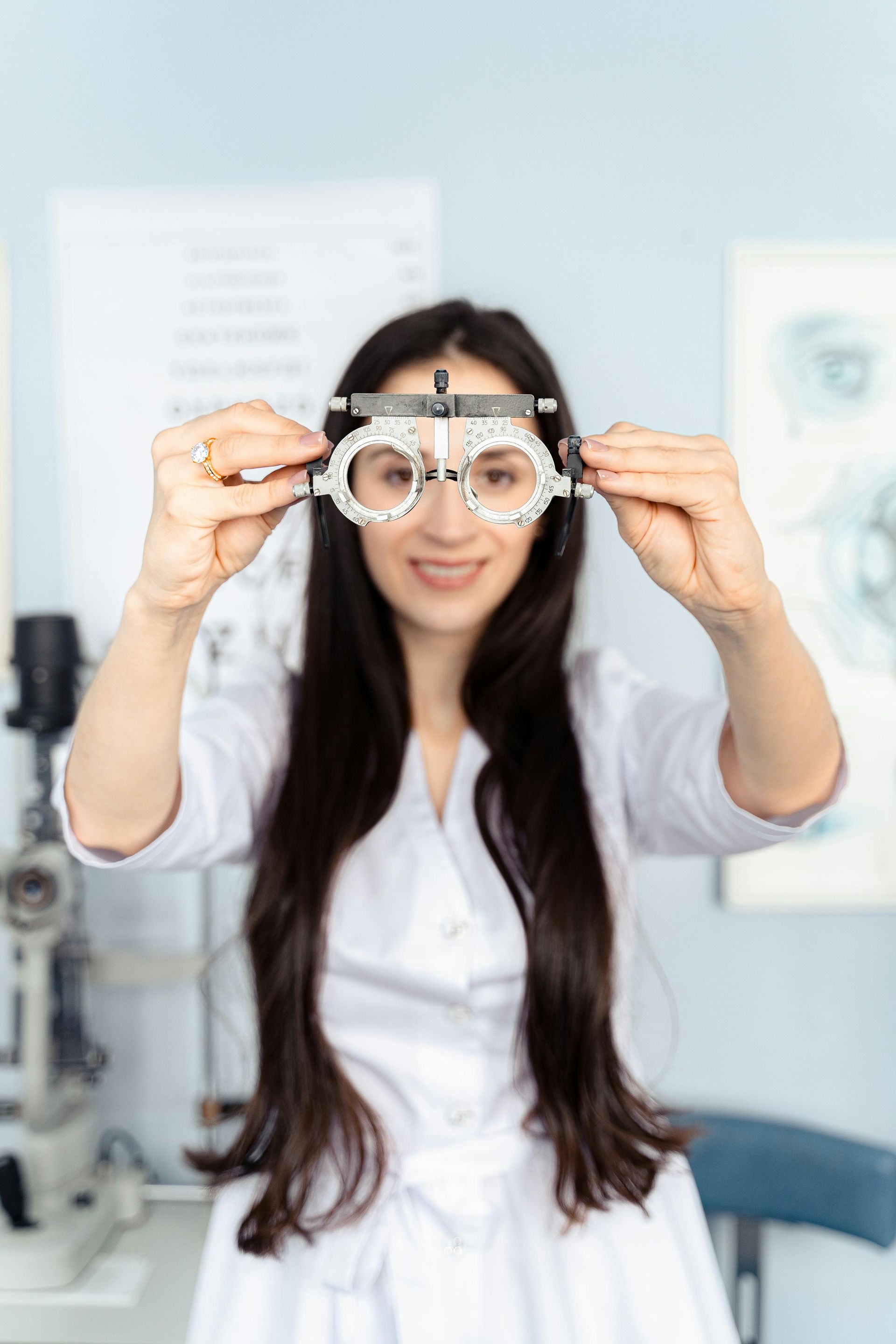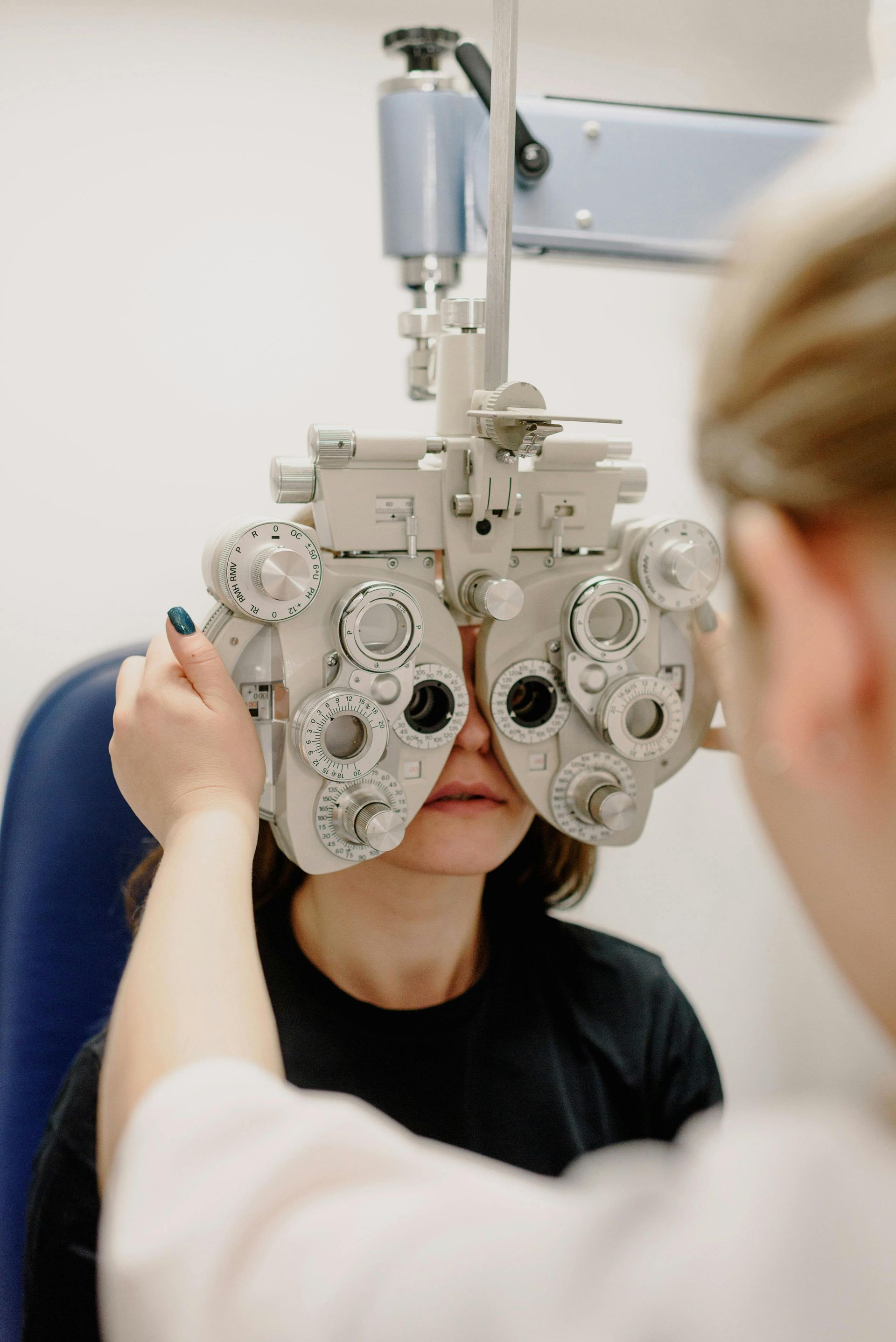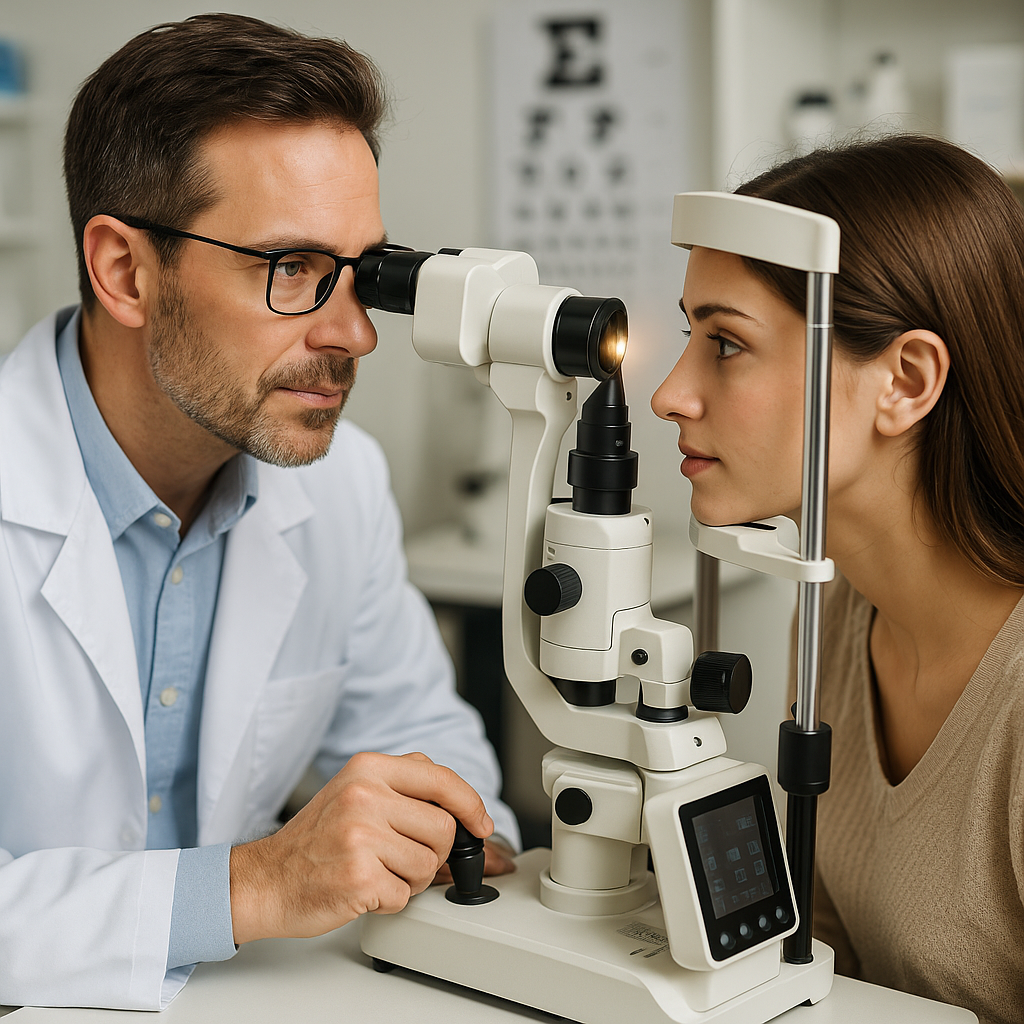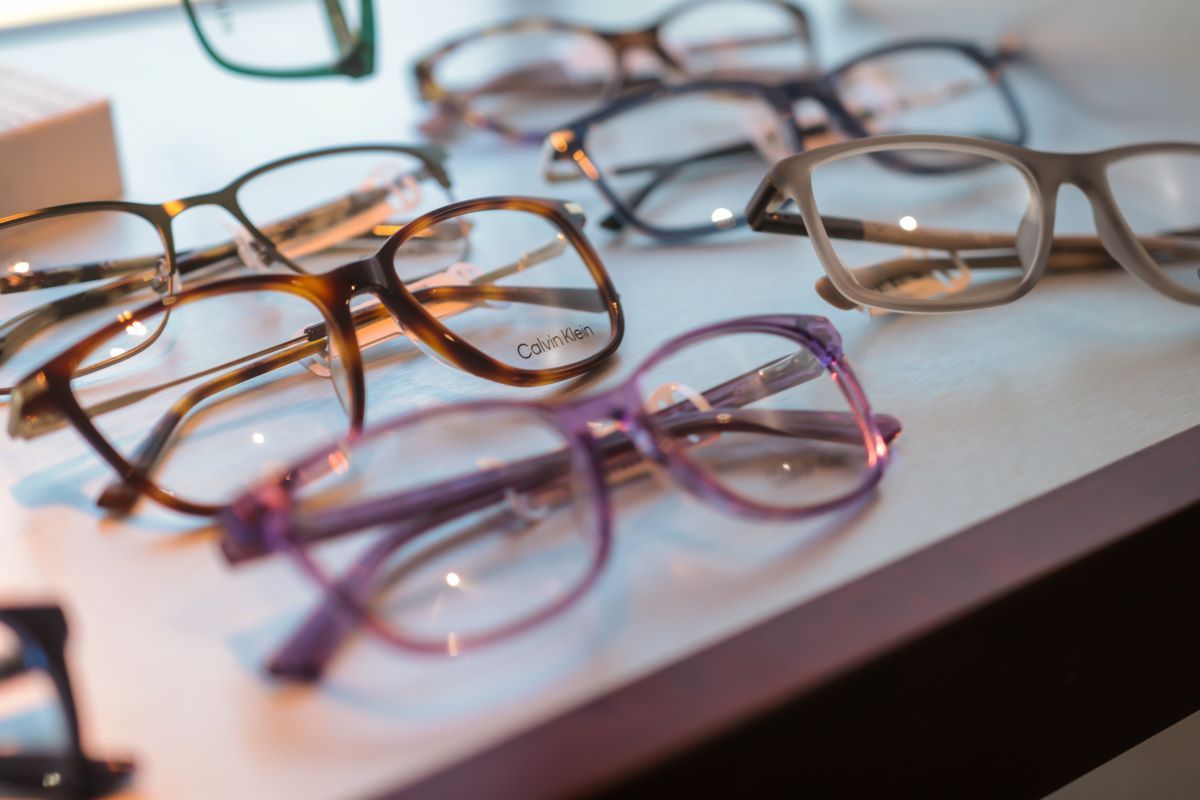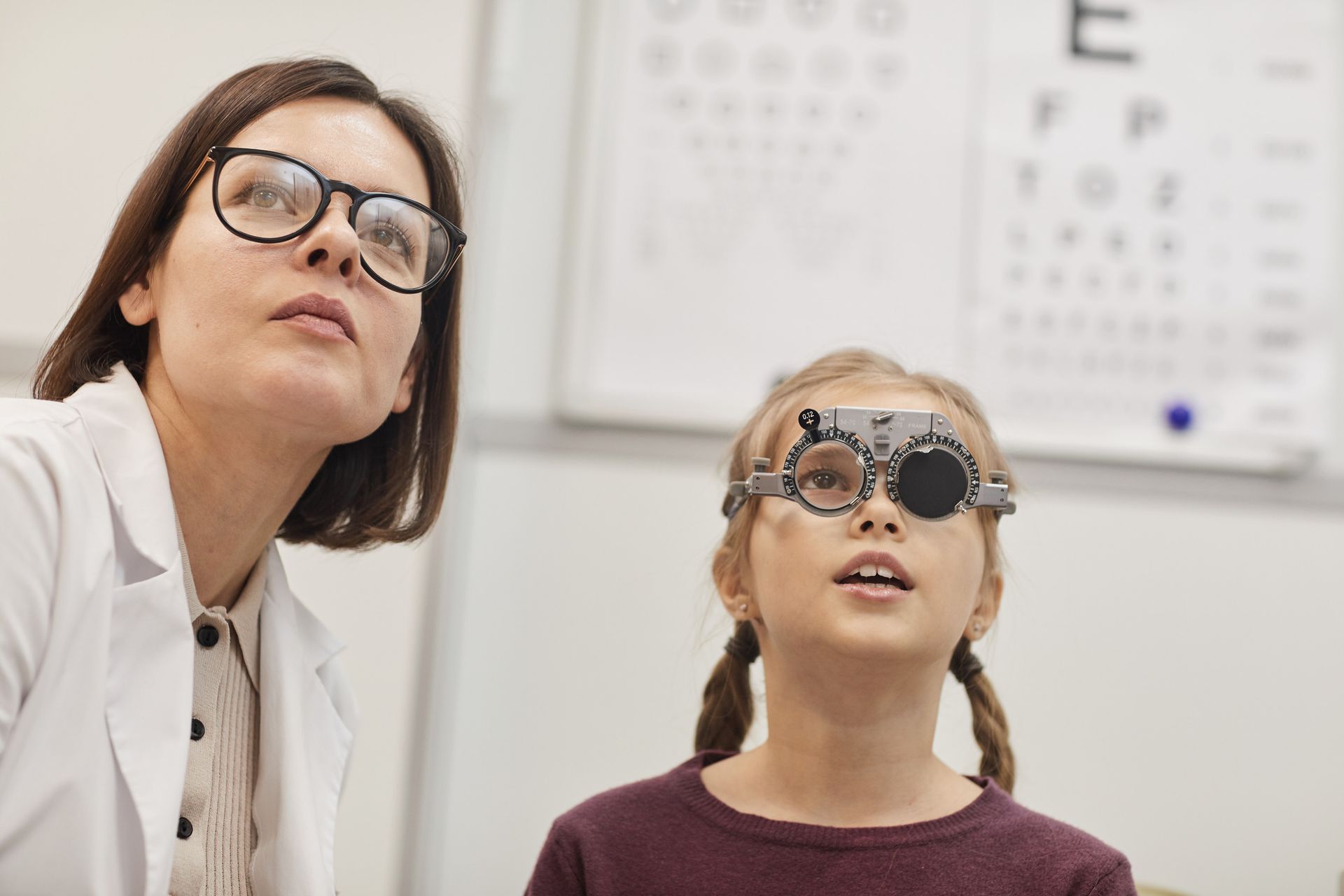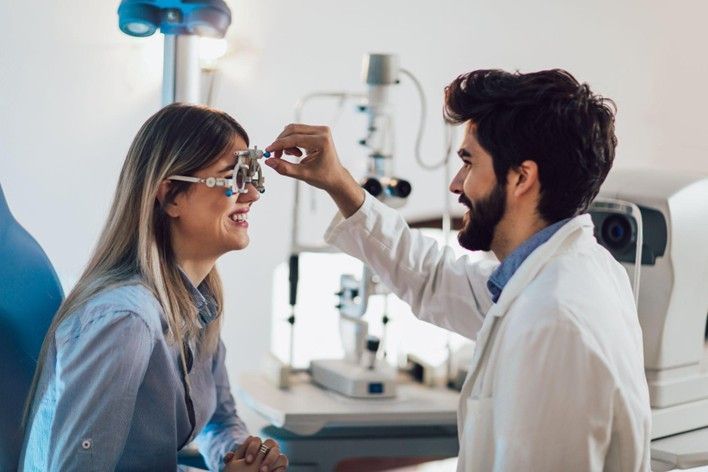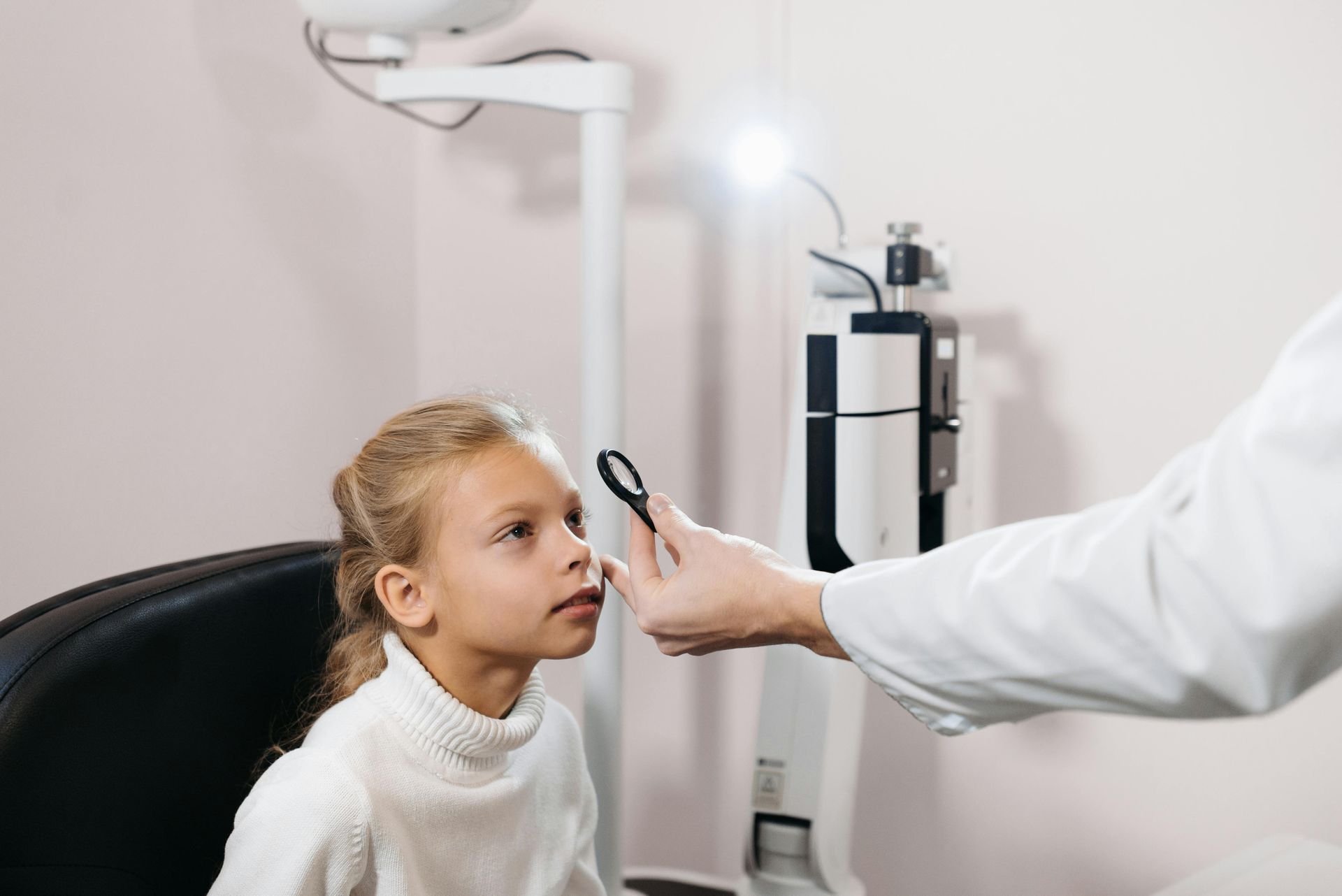Getting Your Child Ready for an Eye Exam: Tips and Tricks
Here are some tips for easing your child's anxiety about eye exams.
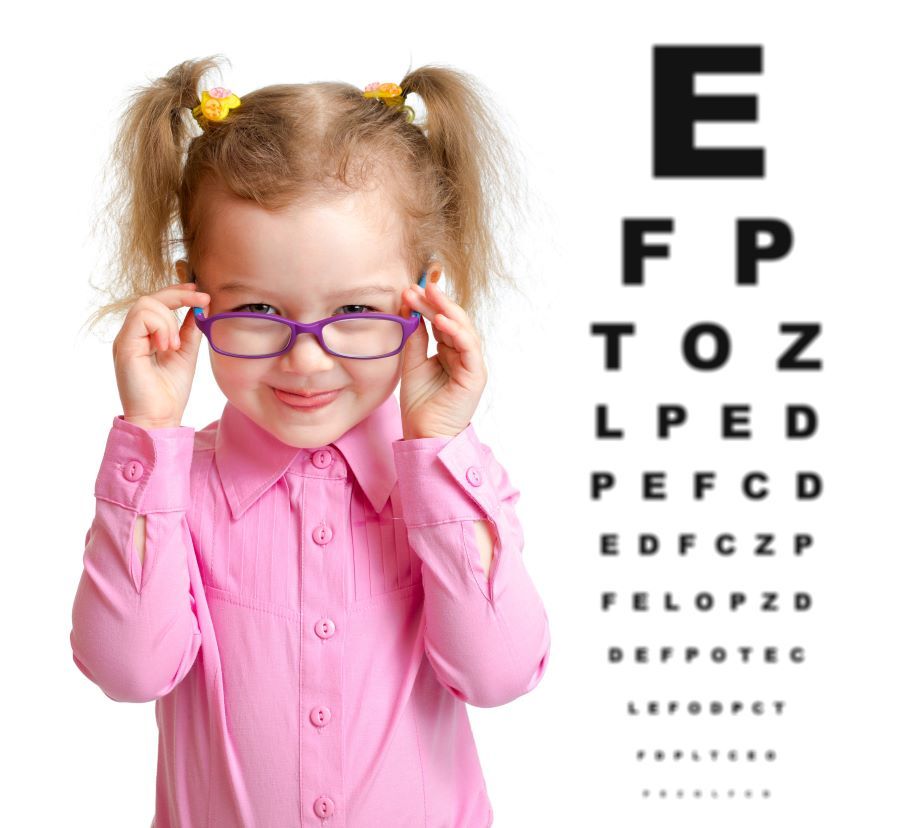
As a parent, it's natural to want to do everything you can to ensure your child's health and well-being. Unfortunately, some medical procedures, such as eye exams, can be a source of anxiety for kids. The good news is that there are steps you can take to help your child feel more at ease during an eye exam.
Here are some tips for easing your child's anxiety about eye exams:
1. Explain the Purpose of the Eye Exam
Children may feel anxious about things they don't understand. By explaining the purpose of the eye exam, you can help your child feel more comfortable and in control. Let your child know that an eye exam is essential for maintaining good vision and eye health.
2. Use Age-Appropriate Language
It's important to use language that your child will understand. Avoid using medical terms that may be confusing. Instead, use simple, easy-to-understand language to explain the eye exam process.
3. Reassure Your Child
Children often feel anxious when they are in new or unfamiliar situations. You can help ease your child's anxiety by letting them know that you will be there with them during the eye exam. You can also remind your child that the eye doctor is a friendly and caring professional who is there to help.
4. Use Positive Reinforcement
Encourage your child to cooperate with the eye doctor by praising them for their good behavior. You can also use rewards, such as stickers or small toys, to motivate your child to participate in the eye exam.
5. Practice at Home
You can help your child feel more comfortable with the eye exam process by practicing at home. For example, you can show your child how to look at different objects using a flashlight or how to cover one eye at a time.
6. Seek the Help of a Child Life Specialist
If your child is particularly anxious about the eye exam, you may want to consider seeking the help of a child life specialist. Child life specialists are trained professionals who can help children cope with medical procedures through play, education, and other techniques.
7. Consider Sedation or Anesthesia
In some cases, your child's anxiety may be severe enough that sedation or anesthesia is necessary. If this is the case, your eye doctor will discuss the options with you and help you decide what is best for your child as necessary.
By following these tips, you can help your child feel more at ease during an eye exam. It's important to remember that every child is different, and what works for one child may not work for another. Be patient, stay calm, and do your best to support your child during the eye exam. With some preparation and positive reinforcement, you can help your child overcome their anxiety and get the care they need to maintain good vision and eye health.
In addition to the tips mentioned above, here are a few more things you can try to help ease your child's anxiety about eye exams:
● Find a Pediatric Eye Doctor: Children may feel more comfortable with a doctor who specializes in treating kids. A pediatric eye doctor will have experience working with children and will be able to explain the exam process in a way that your child can understand.
● Bring a Comfort Item: Allowing your child to bring along a favorite stuffed animal or blanket can provide a sense of familiarity and comfort during the eye exam.
● Use a Visual Schedule: If your child is anxious about the unknown, you can create a visual schedule of the eye exam process to help them understand what to expect. It can include pictures or simple illustrations of each step of the exam.
● Take Breaks: If your child is having a hard time sitting still during the exam, you can ask the doctor if it's okay to take breaks. Allowing your child to take a break and stretch their legs can help them feel more comfortable and relaxed.
● Use Relaxation Techniques: Teaching your child relaxation techniques, such as deep breathing or progressive muscle relaxation, can be helpful in reducing anxiety during the eye exam.
Remember, it's completely normal for children to feel anxious about medical procedures. Following these tips and being patient and understanding can help your child feel more at ease during an eye exam.
If you are looking for excellent eye care from optometrists, get in touch with the Optometric Associates of Southern Maine. We offer a full range of Optometric care, with thorough testing for eye health a standard part of every visit. Contact us for more information.
